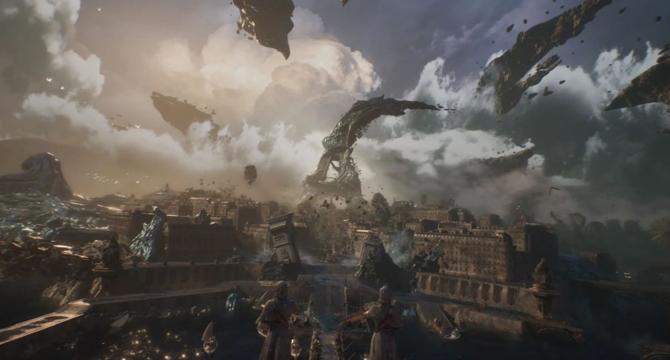Digitaltrends
2d
143

Image Credit: Digitaltrends
Clair Obscur: Expedition 33’s style is its substance
- Clair Obscur: Expedition 33 embraces a twisted French aesthetic in the turn-based RPG, setting itself apart from genre titans like Final Fantasy X.
- The game's adaptation of the Belle Époque style serves as a crucial element rather than just surface-level decoration, with French history contributing to the game's substance.
- The prologue introduces the main cast and narrative, focusing on the citizens of Lumire facing the recurring event of the Gommage initiated by the Paintress.
- The Belle Époque era, encompassing peace and progress, contrasts with the grim reality of Clair Obscur, emphasizing the expedition's fight for optimism and hope.
- The utilization of the Belle Époque aesthetic in the game highlights the delicate balance between nostalgia for a better past and the hidden tragedies that shaped the era's perception.
- Clair Obscur's narrative revolves around myth-making and false memories, drawing parallels between the Belle Époque's façade of prosperity and the suffering that underlies it.
- The game's depiction of a living hell for Lumire's citizens reflects the consequences of clinging to false fantasies and the brutality of unresolved grief.
- Through a blend of hope and grief, Clair Obscur warns against the peril of romanticizing the past at the expense of confronting reality and acknowledging the need to move forward.
- Sandfall Interactive weaves a complex narrative that urges players to learn from the mistakes of characters within the game, showcasing the importance of hope while avoiding the pitfalls of nostalgia.
- Ultimately, Clair Obscur's message transcends its in-game world, encouraging individuals to embrace hope while acknowledging and learning from the collective myths and false memories we construct.
Read Full Article
8 Likes
For uninterrupted reading, download the app